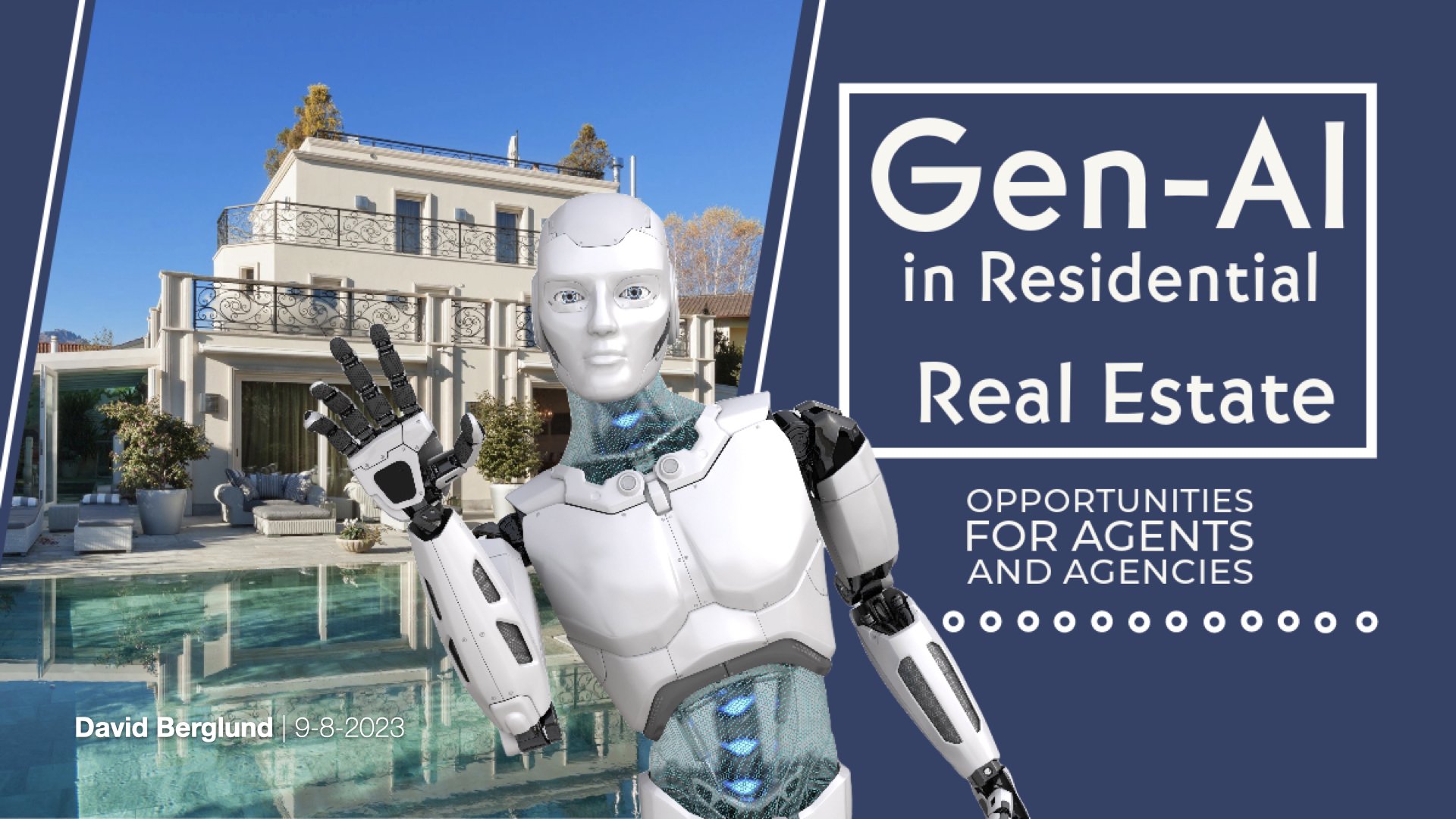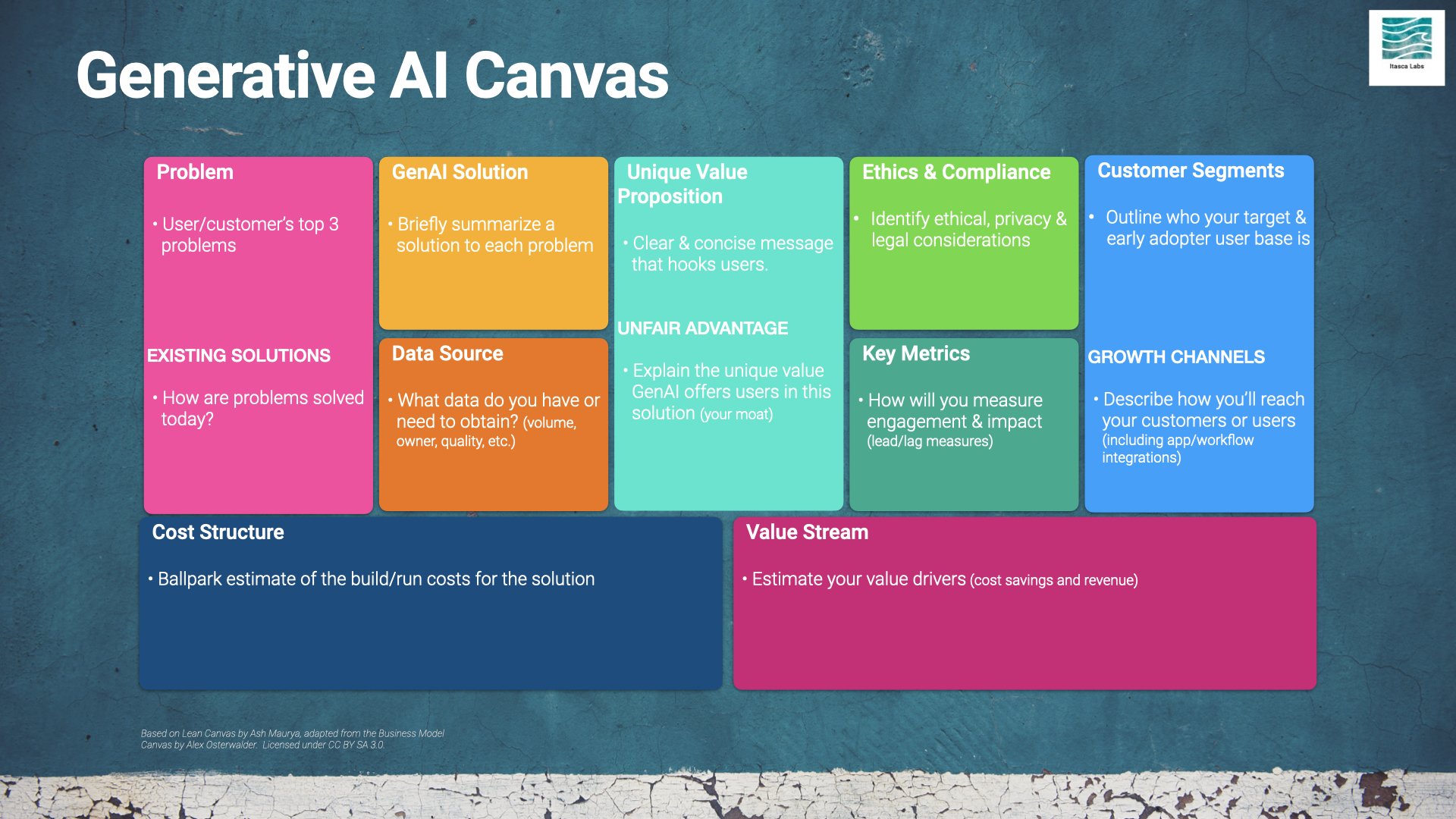
AI & Data Strategy – Necessary, but Not Sufficient
Crafting an effective AI strategy requires focusing on people-oriented aspects: Alignment, Inspiration, Influence. Alignment synchronizes AI with organizational goals, fostering ethical standards. Inspiration encourages innovation with a compelling vision, celebrating successes. Influence drives action through leadership, overcoming resistance. True AI potential is unlocked by integrating these aspects, ensuring technical proficiency and broad support.

Mastering the Art of Strategic AI Transformation in Business
"Mastering the Art of Strategic AI Transformation in Business" underscores the importance of integrating artificial intelligence (AI) and machine learning (ML) into business strategies to stay competitive. It emphasizes that AI is crucial for organizational growth and transformation, highlighting the need for strategic alignment, leadership commitment, and an AI-ready culture. The article advocates for a balanced approach to AI adoption, addressing challenges like integration complexities and the necessity of fostering a culture of innovation. It stresses the importance of avoiding common mistakes such as lacking a clear strategy or underestimating cultural shifts, ultimately arguing that successful AI implementation requires strategic planning and collaboration to unlock business innovation.

Innovating at New Heights
When I studied abroad at Loyola University Chicago John Felice Rome Center, one of the most memorable events was learning about the Florence Cathedral's fascinating history. Facing a (seemingly) impossible engineering task, Brunalleschi's innovative approach now serves as a masterclass for today's leaders seeking transformation. Brunelleschi's blend of historical insight, resilience in adversity, and iterative innovation offers a blueprint for modern innovators. This story isn't just about building a structure; it's about constructing a mindset for transformative leadership.

Evaluating AI Maturity
In an era where Artificial Intelligence (AI) is reshaping industries, understanding and enhancing AI maturity within an organization has become a critical competitive advantage. This white paper outlines a comprehensive AI Maturity Model designed to assist companies in assessing and advancing their AI capabilities. The model encompasses five core dimensions: Business Impact, Responsible AI, Data Mastery, Engineering Excellence, and Organizational Readiness.

Warren Buffet on AI Strategy
What could Warren Buffet’s Investment philosophy teach us about innovating with AI? Surely, as the 5th richest person in the world and CEO of Berkshire Hathaway, Buffet knows a thing or two about building durable strategies for business growth. More importantly, Buffet has succeeded across decades and technology booms/busts.
How does he do it? Here are 7 key elements of Buffett's investment philosophy that can be applied to innovating with AI.

AI for Good -
It was so exciting to participate in the second 'AI for Good' event, a 48-hour hackathon bringing together UNF student teams and partners First Tee, Amazon Web Services (AWS), and NLP Logix to build solutions that drive social and environmental benefits.
Special thanks to all the great partners who joined us over the weekend.
UNF College of Computing, Engineering & Construction (CCEC), PGA TOUR, and CapTech.
The teams used real-world data from First Tee to solve these high-impact problems:
#1: Engaging Youth: Enhancing Participant Retention in Ages 12 and Older
#2: Equitable Expansion: Reaching Underserved and Underrepresented Communities

Selling AI to Humans
Selling AI to Humans — Lessons from Daniel Pink.
Daniel Pink's book ‘To Sell is Human’ reframes selling as the art of moving others, focusing on empathy, resilience, and the clarity to solve problems. If you’ve tried selling AI solutions (or have been sold them), you’re aware there are a whole new set of questions and concerns that come up compared to non-AI products.

Six Best Practices for Innovation Excellence
Innovation agendas often start with a bang but end up stagnating. To avoid falling into "pilot purgatory," incorporate these six innovation best practices.

Are you Sure you Have a Generative AI Strategy?
Many companies have launched a flurry of AI projects, but don't have a clear strategy for how the work aligns with the company's mission and objectives.
Incorporating GenAI into an organization’s overall strategy ensures it becomes a powerful tool for innovation and competitive advantage. By aligning AI initiatives with broader business goals, companies can harness the full potential of AI to drive innovation, enhance competitiveness, and achieve sustainable growth coherently and strategically.
This 5-Factor strategic framework provides a structured approach to developing and executing a Generative AI strategy, ensuring that key aspects such as sequencing, growth avenues, competitive differentiation, market focus, and financial viability are thoroughly considered and aligned with business objectives.

Managing AI Risks
Effective risk management and governance in AI/ML are crucial for companies aiming for sustainable value creation. Early integration of these practices ensures alignment with regulatory requirements and ethical standards, promoting transparency and accountability. Focused strategies in these areas enable businesses to navigate uncertainties, enhance decision-making, and foster a resilient environment conducive to innovation and long-term success.

Perfectly Imperfect: The Real Path to Innovation.
The Perfect Pot Paradox highlights the need for iteration and experimentation vs. seeking perfection when innovating. Clinging to the need for a perfect solution can cripple innovation. Initial flaws in a prototype or model shouldn't be discouraging. Instead, view them as stepping stones towards refinement. In technology, we often hear of the ‘minimal viable product’ (MVP) approach. This essentially embodies the second group's methodology: release, learn from real-world feedback, and iterate.

Generative AI Ideation
Harness the power of generative AI like ChatGPT for your business by focusing on feasibility, viability, and desirability. Dive into data-rich environments like emails and documents for practical AI integration, pinpointing areas for efficiency to boost profitability. Prioritize human-centric solutions, targeting tedious internal tasks and enhancing customer interactions with personalized content. Ensure success by assembling a diverse team for innovative, aligned AI implementation.

Five Traits of Future-Ready AI
The race is on to start building with AI, but that pounding urgency often causes teams to focus on building fast, not smart. Here are five traits of AI solutions that provide durable value with minimal overhead.

Generative AI in Real Estate
Will your next Real Estate Agent Be a Bot? Probably not, but you can start expecting the home buying and selling processes will soon be augmented by Generative AI. Here's a list of 9 ways AI can be used to enhance and streamline the experience.

Five-Factor Value Strategy
Navigating the vast potential of Artificial Intelligence (AI) requires more than adoption—it demands strategy. To truly harness AI's transformative power, businesses must integrate it strategically into their operations. This article outlines a five-factor approach: identifying impactful AI zones, developing a sequenced roadmap, diversifying AI sources, using AI as a unique differentiator, and emphasizing long-term, customer-centric value.

Get Lean with Generative AI
Merging Lean's efficiency with Generative AI's prowess is a game-changer for businesses. Dive into my latest article on how Generative AI can target Lean's eight "wastes," reshaping logistics, redefining talent utility, and accelerating product innovation. The future of lean business isn't just about doing more with less—it's about doing it smarter with Generative AI.

Generative AI Canvas
The "Generative AI Canvas," is a tool designed to simplify the planning process for businesses utilizing generative AI technology. Drawing inspiration from the Lean Canvas, this one-page business plan template emphasizes problem-solution fit and product-market alignment, allowing for quicker iterations and adaptability.

AI-First Principles to Excel in a World of Hype
Despite the buzz surrounding AI, that path to true value creation requires actionable strategies. Build your AI strategy with this five-point principle-based roadmap: (1) Focus on Differentiation through unique value propositions, (2) Embrace Change by fostering a culture of experimentation, (3) Get the Right People in Place, (4) Measure Your Results with clear metrics, and (5) Drive Customer-Centric Action by using AI to act on customer insights.

ChatGPT and Beyond (video)
This video highlights the trade-offs leaders should consider when delving into the world of generative AI and how you can strike the right balance for speed and accuracy in AI. What are you trying at your organization?

The Need for SPEED with Generative AI
The Need for SPEED with Generative AI | Here are five strategic moves organizations can adopt to fast-track their value realization journey with Generative AI.